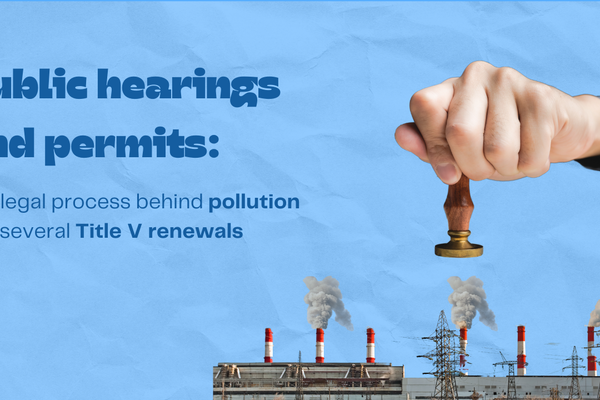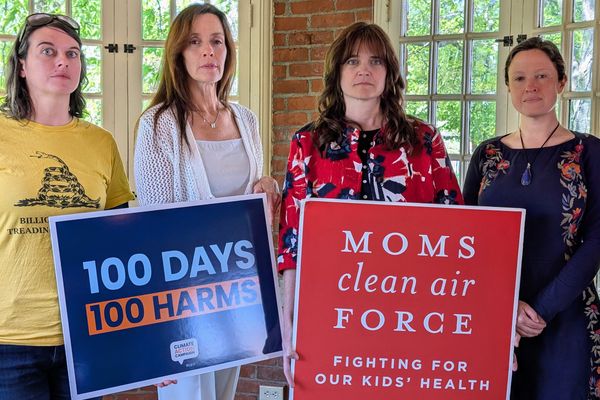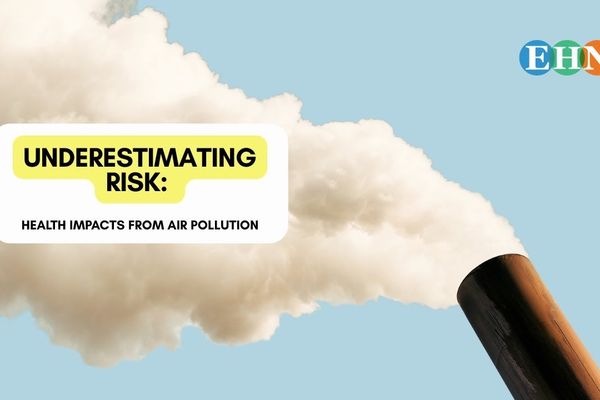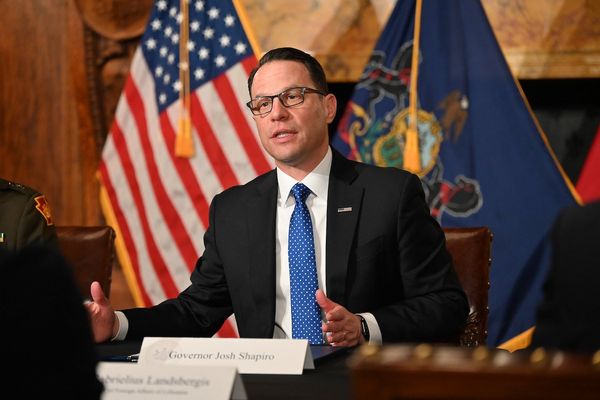
Biden finalizes long-awaited hydrogen tax credits ahead of Trump presidency
Responses to the new rules have been mixed, and environmental advocates worry that Trump could undermine them.
The Biden administration has finalized long-anticipated hydrogen tax credit rules just weeks before Trump takes office.
The rules, set by the U.S. Department of the Treasury and the Internal Revenue Service, will determine when hydrogen producers can claim substantial tax credits intended to incentivize the production of clean hydrogen energy.
The draft rules received over 30,000 comments from industry groups and environmental advocates alike that Treasury and the IRS spent the last two years interpreting. While concessions were made on both sides, the reception of the rule has been mixed and the rule could be subject to change under the Trump administration.
The Biden administration has pushed for clean hydrogen production to decarbonize heavy industries that are difficult to electrify, like trucking and steelmaking. Hydrogen is often more expensive to produce than traditional energy sources, so the tax credits were created to decrease costs for the producer and allow hydrogen to compete with traditional energy sources in foreign and domestic markets.
- YouTubewww.youtube.com
Hydrogen can be produced through a variety of methods with varying carbon emissions. Clean hydrogen is defined by the new rules as creating up to four kilograms of carbon emissions per every kilogram of hydrogen produced. Credit-eligible hydrogen production has two pathways, electricity or methane. Eligible electricity sources include renewables like solar and wind, but also nuclear. Additionally, hydrogen production from methane, whether using natural gas, steam reforming or coal mining, is also included with the addition of carbon capture technologies to reduce emissions.
The tax credit, which producers can claim for up to a decade, operates on a tiered system that rewards hydrogen producers with the lowest carbon intensity with the largest credit of $3 per kilogram and is scaled down to about 60 cents per kilogram. The program will expire on Jan. 1, 2033, meaning facilities must begin construction by this date if they wish to claim the credit.
Concessions and Changes
Reception of the final hydrogen rules have been mixed. In the 30,000 comments made on the draft rules, industry groups requested things like more pathways for natural gas and looser requirements for clean hydrogen production, while many environmentalists requested a heavier emphasis on renewable energy and strengthened emissions calculations.
Beyond the concerns about rules, many stakeholders have spoken out against federally-funded hydrogen development, citing a lack of transparency and lack of public involvement in the decision-making process.
Environmental groups have supported “three pillars” as safeguards for hydrogen production and lobbied for them to remain in the final rules: incrementality, temporal matching and deliverability. They’re complex, but they aim to ensure that hydrogen growth is from new, sustainable facilities (incremental), that hydrogen facilities can produce energy supply to meet a demand (temporal matching) and that hydrogen is reliably delivered (deliverability). These three pillars, in theory and supported by studies, should prevent imbalances that could inadvertently result in more carbon emissions than not producing hydrogen to begin with. These safeguards specifically apply to hydrogen using electricity, whether from renewables or nuclear sources.
While the principles of the three pillars did remain in the final rule, they did not go untouched.
“There have been a lot of concessions,” Matt Lifson, an attorney with the Institute for Policy Integrity at the NYU School of Law, told EHN. “The Treasury did give industry a bunch of things that it asked for.”
For example, Lifson said, there are some exceptions for existing nuclear facilities that will be allowed to claim the credits despite not being new sources of energy, and some rules are more lax in states like California or Washington due to their “robust greenhouse gas emission caps,” according to the Treasury.
“One of the [federal] hydrogen hubs is in California, [and] one of the hydrogen hubs is in the Pacific Northwest,” Lifson noted. “So that [exemption] will make it easier for those hubs…And going back to the nuclear issue, several of those hubs involve hydrogen made from nuclear energy.”
Other concessions included more flexible timelines and deadlines on production standards, which some hydrogen producers praised.
“The new hydrogen rules mark significant progress, with notable revisions,” Plug Power, a hydrogen fuel cell company said in a statement. “While these updates are encouraging, we look forward to collaborating with the new administration to refine the regulations.”
Will the rules hold under a Trump presidency?
 Trump administration plans to overhaul Interior Department with budget cuts and policy reversalsCredit: palinchak/Big Stock Photo
Trump administration plans to overhaul Interior Department with budget cuts and policy reversalsCredit: palinchak/Big Stock PhotoIn a matter of days the Trump administration will have the ability to challenge the hydrogen rules under the Congressional Review Act.
“There's still the possibility that the rules could change under the Trump administration,” Lifson said. “So I don't know how much certainty we really have.”
There are a few factors that could prevent the rules from being invalidated. Amidst more pressing issues, hydrogen production might not make it onto Trump’s priority list for his first 100 days in office, and congressional review must be conducted within 60 days of a rule being published. Even if Trump does tackle the new rules on time, the process requires a majority vote, which could be difficult to achieve since the hydrogen credit rule has bipartisan support and the incoming Republican Congress will hold the majority on a thin margin.
“There is always a chance that this is an acceptable compromise between various segments of industry and the environmental community and that [the final rules] could hold,” Lifson said. “There's also the fact that if the Trump administration wanted to rewrite the regulations through its own rulemaking, they would need to rationally explain any departures that they made from the Biden rule. It can't just be a ‘because we said so’ type of thing.”













